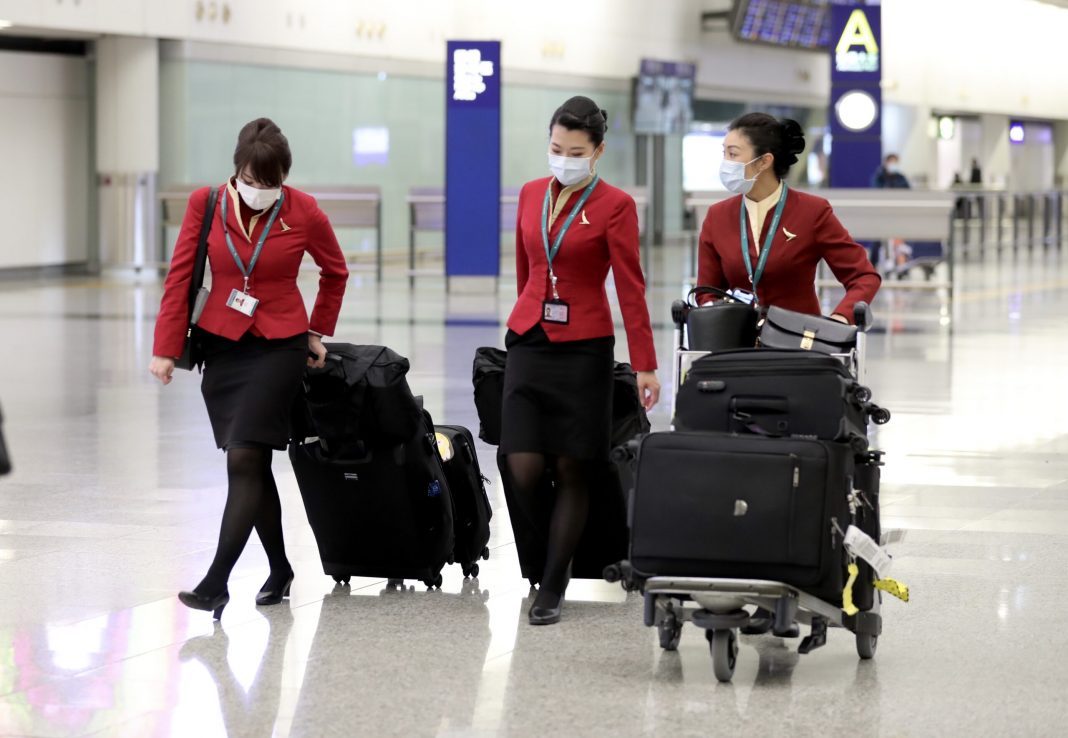In its sixth edition of Technical Guidelines for Epidemic Prevention and Control for Airlines, the Chinese aviation authorities are suggesting cabin crew wear disposable diapers. The advice is meant to limit the use of lavatories while flying to and from high-risk destinations.

According to information in the Sydney Morning Herald on Thursday, the Civil Aviation Administration of China has issued new directives for airline crew to prevent the spread of coronavirus. The 38-page document contains special recommendations for charter flights to and from regions where infections exceed 500 in every one million people. They include, among other things, goggles, disposable shoe covers – and nappies.
A comprehensive list of PPE
The CAAC is recommending that cabin crew on routes to high-risk destinations wear diapers to avoid using lavatories. The advice comes in the sixth edition of the CAAC’s guidelines for crew and is listed in the section on Personal Protective Equipment (PPE). It is meant to reduce the risk of infection, presumably by minimizing surface contact for staff.
The PPE recommendations also list surgical masks, double-layer disposable gloves, goggles, disposable caps, disposable protective clothing, and disposable shoe covers. Cockpit crew should also wear masks and goggles but are apparently exempt from the nappie request.

Cabin emergency quarantine area
The CAAC advises that the last three rows of the cabin on high-risk flights be designated as an emergency quarantine area. Furthermore, the document, seen by CNN, also requires the airline to divide the rest of the cabin into sections. These include a “clean area,” a buffer zone, and a passenger sitting area, which are to be divided by disposable curtains.
Chinese domestic aviation has made a remarkable recovery. It is already back to near-full capacity from 2019. On December 9th, the entire country of 1.393 billion people recorded only 12 new coronavirus cases. Its economy appears to have succeeded in creating the much-desired V-shaped recovery more optimistic projections had foreseen at the beginning of the crisis.
Thus, it is understandable that China and the CAAC want to do everything possible to prevent importing new cases. However, at what cost to human dignity and work environment? Does the documented minimal risk for viral transmission on flights warrant such an infringement on personal care and hygiene?

Will unions react?
The overarching National Committee of the Chinese Aviation Workers’ Union is not as vocal as, for instance, the US’ Association of Flight Attendants-CWA. However, there are separate organizations, for example, the Taiwanese China Airlines Employees Union, that have organized strikes have in the past. So have the flight attendants at regional rival EVA Air. We shall have to wait and see if there will be any reaction to the new nappie recommendations.
What do you think of the CAAC’s new guidelines for cabin crew? Let us know your thoughts in the comment section.
[ad_2]
Source link


